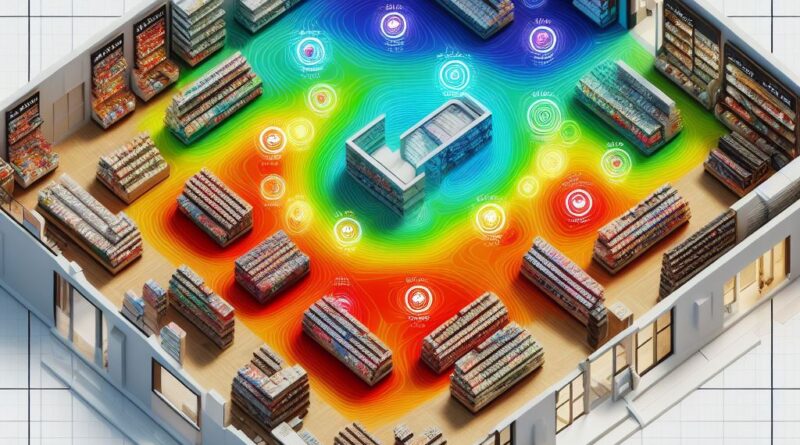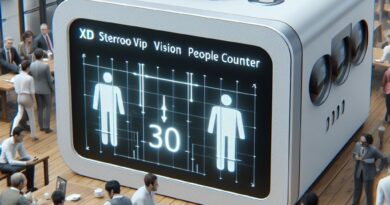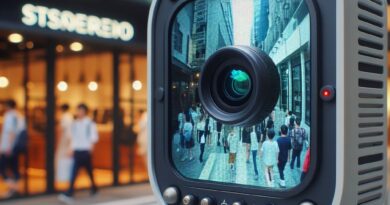Unlocking Retail Success: The Power of Heatmaps
In today’s fast-paced retail landscape, data-driven decision-making has become more crucial than ever. Retailers are constantly seeking ways to optimize store layouts, enhance customer experiences, and ultimately boost sales. One valuable tool that has gained traction in the retail industry is the heatmap. In this blog post, we’ll explore how heatmaps are transforming retail stores and revolutionizing the way retailers understand and improve their operations.
What is a Heatmap?
A heatmap is a graphical representation of data where individual data points are visualized as colors on a map. In the context of retail, heatmaps are generated using customer data collected through various sources, such as Wi-Fi tracking, security cameras, or mobile apps. These maps provide valuable insights into customer behavior, preferences, and traffic patterns within the store.
Understanding Customer Behavior
- Dwell Time Analysis: Heatmaps enable retailers to identify areas within the store where customers tend to linger the most. By analyzing dwell times, retailers can determine the effectiveness of product displays, promotional areas, and customer engagement zones. Adjustments can then be made to optimize these spaces.
- Path Tracking: Tracking the movement of customers within the store can help retailers understand popular pathways, dead zones, and areas with the most foot traffic. By strategically placing high-margin products or promotions in high-traffic areas, retailers can increase the chances of conversion.

Store Layout Optimization
- Product Placement: By analyzing customer heatmap data, retailers can make informed decisions about product placement. For instance, placing complementary products near each other or at strategic points in the store can lead to cross-selling opportunities.
- Checkout Queue Management: Heatmaps can also help retailers optimize checkout lines. By monitoring queue lengths and customer wait times, stores can open additional registers during peak hours to reduce customer frustration.
Improving the Shopping Experience
- Temperature and Lighting: Internal heatmaps can even provide insights into the store’s environmental factors. By analyzing temperature and lighting data, retailers can ensure that customers are comfortable and have a pleasant shopping experience.
External Links:
- Retail Dive: Stay updated with the latest trends and news in the retail industry.
- National Retail Federation: Explore resources and research reports related to retail analytics and technology.
- Forbes: Discover thought-provoking articles and insights on retail technology and customer behavior.
Conclusion
In today’s data-driven world, heatmaps are proving to be invaluable tools for retailers looking to enhance their store layouts, improve customer experiences, and ultimately boost sales. By harnessing the power of heatmaps, retailers can gain a competitive edge and create a shopping environment that caters to their customers’ needs and preferences. So, if you’re in the retail business, consider adopting heatmap technology to transform your operations and elevate your success.
Remember, understanding your customers’ journey is the first step towards making their shopping experience truly exceptional.




